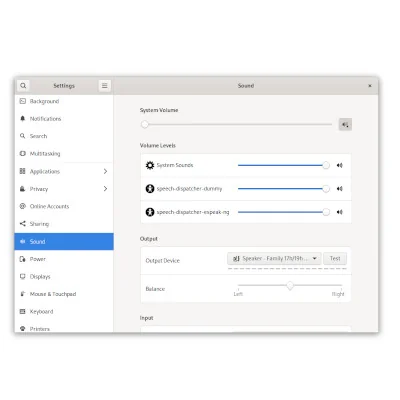Open-Source Software Encode/Decode For H.266/VVC Progressing

Adam Wieckowski who leads the Video Coding Systems group at Fraunhofer HHI presented last weekend at FOSDEM 2023 on the VVC open-source software efforts. The organization hopes VVenC will be to H.266 as x265 and x264 were to H.264 and H.265, respectively. VVenC and the VVdeC decoder have been in development for several years -- VVenC formally getting underway once the H.266 spec was finalized. Their software makes use of a BSD 3-Clause Clear License and is written in C++ with a pure-C interface. VVenC relies on intrinsics for taking advantage of AVX2, SSE42, and other vector extensions. The project relies on SIMD Everywhere (SIMDe) for broad support, including on ARM.
The developers believe their VVenC encoder is the best open-source VVC encoder out there that works for both offline and video-on-demand use-cases. VVenC is multi-threaded but currently not scaling to above 32 threads efficiently.
On the decode side, VVdeC is fully compliant with the VVC Main10 profile and can scale up to 30+ CPU threads.
Those wishing to learn more about VVenC can find the FOSDEM 2023 presentation embedded below along with the slide deck.
The VVenC/VVdeC code is developed in the open on GitHub. Another open-source H.266 encoder worthy of a shout-out for those unfamiliar with it is uvg266.
137 Comments

